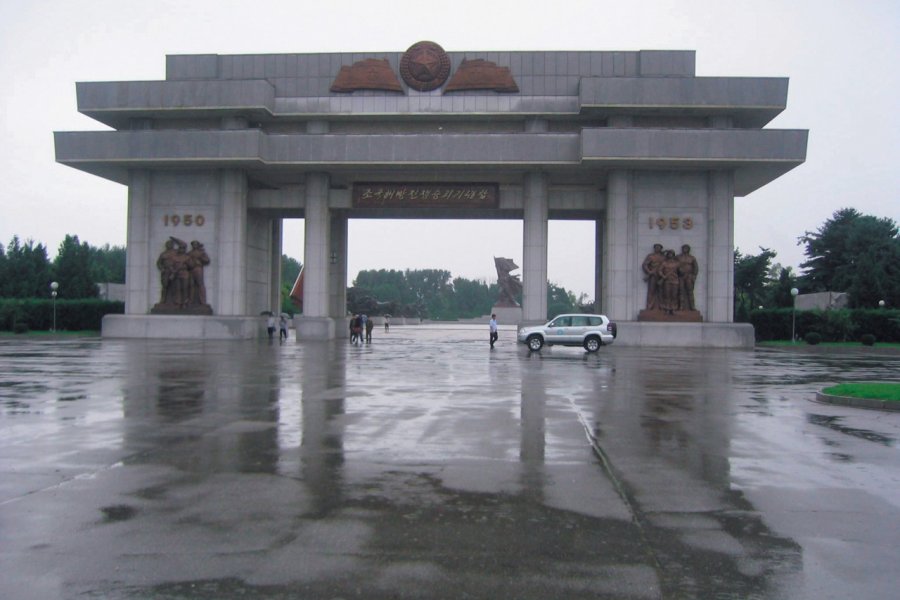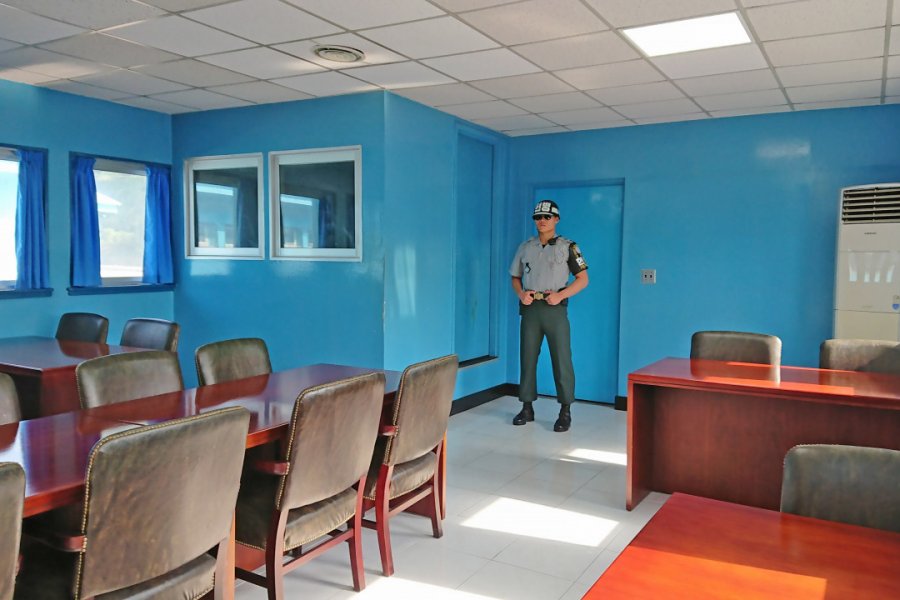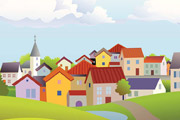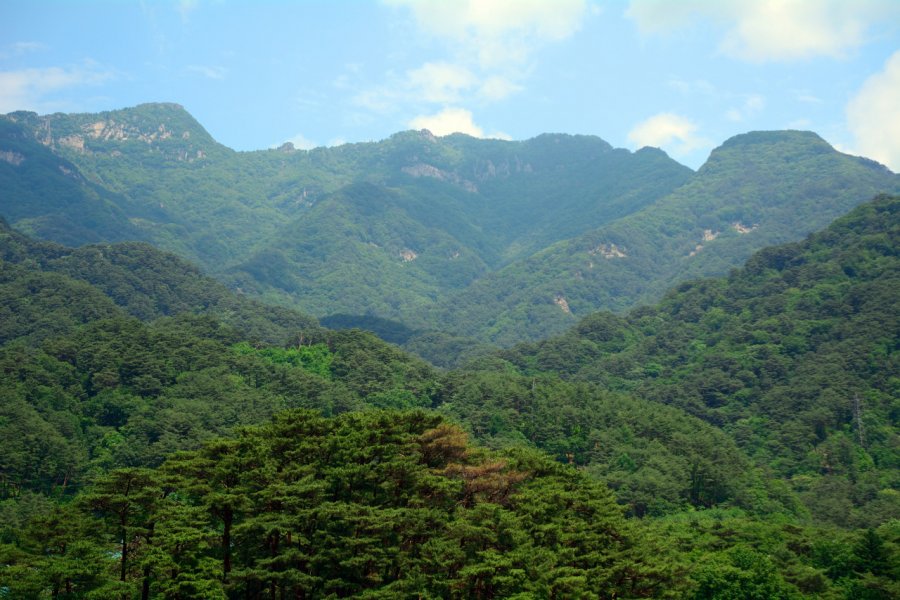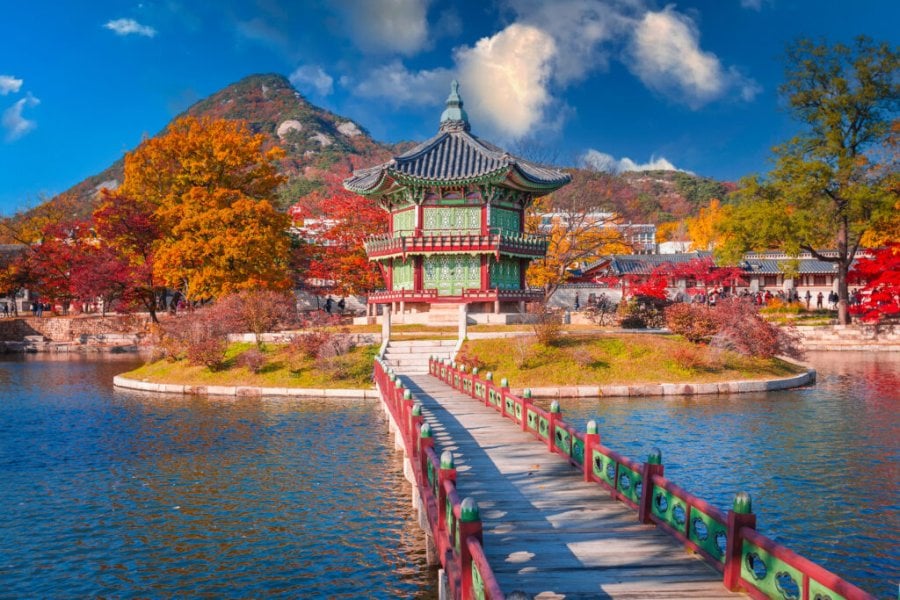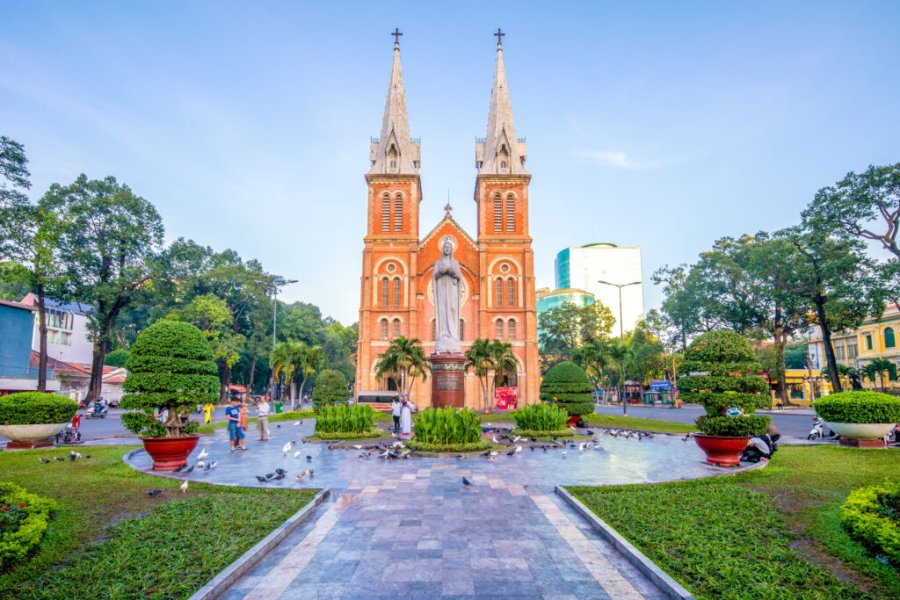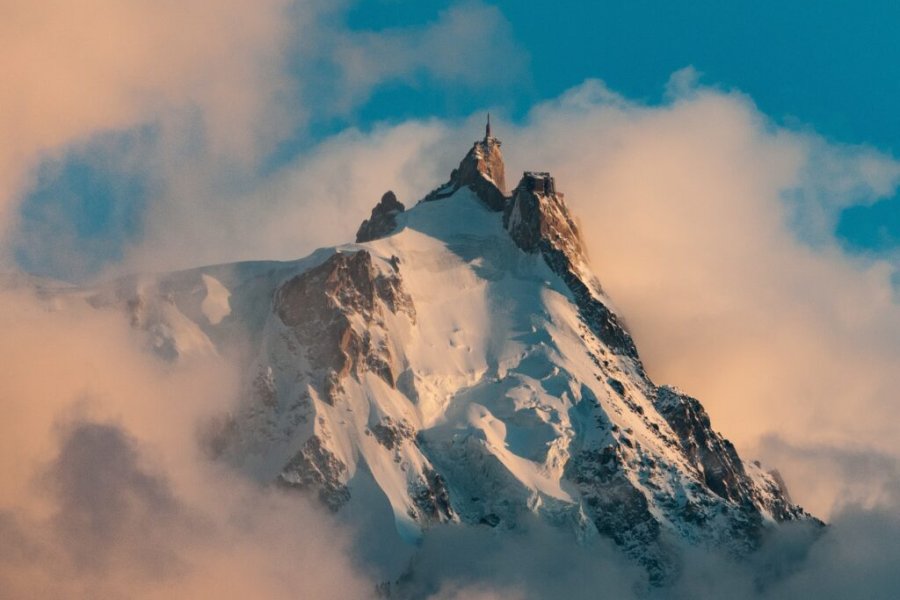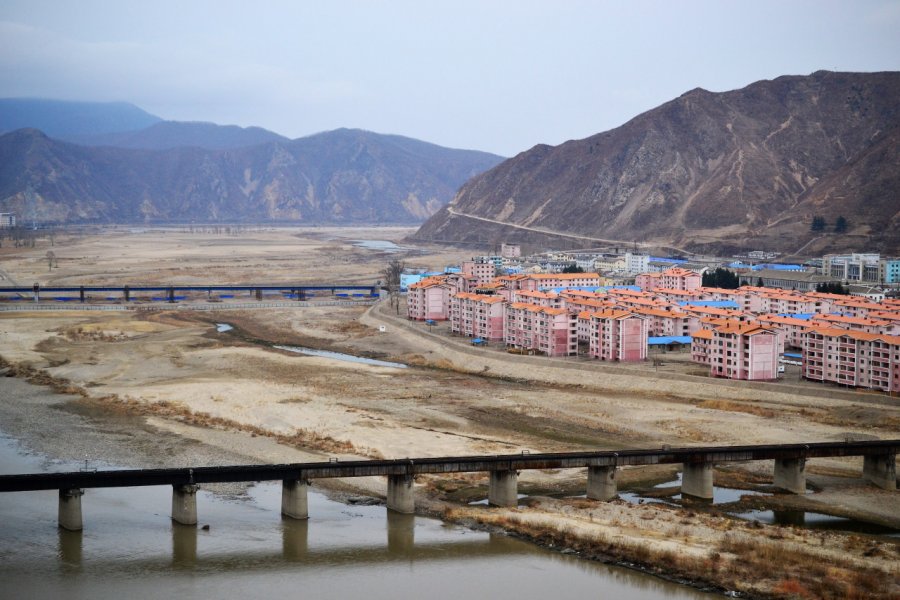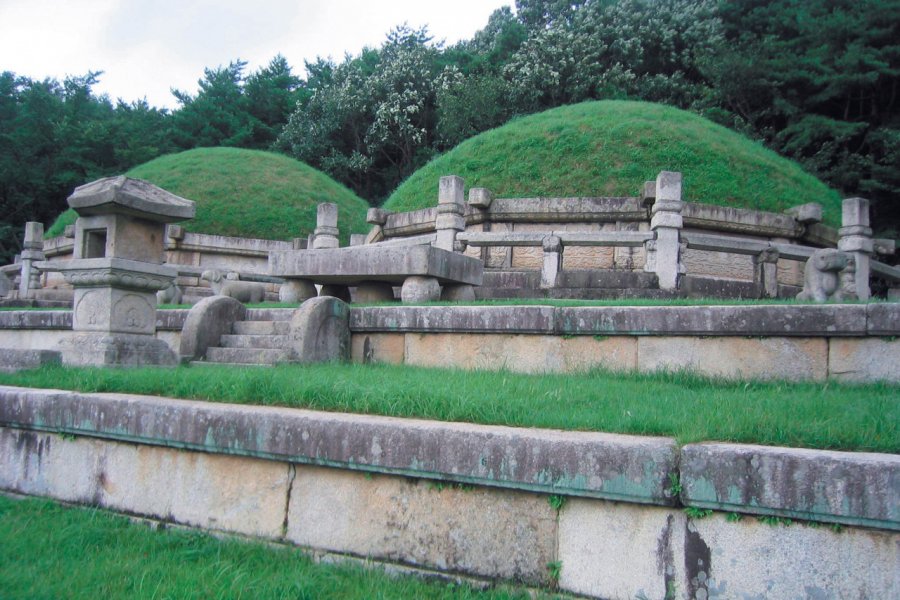Travel Guide North Korea
Landlocked between China, Russia and South Korea, bathed on both sides by the Yellow Sea and the Sea of Japan, North Korea has unexpected landscapes between mountains, plateaus and lush forests. Arriving in this almost impenetrable country and among the most cut off in the world ensures a singular experience to the informed traveler who ventures there. A trip to North Korea is not something you can improvise: the rare tourists who visit are always accompanied by an accredited guide and will have to get used to the practices in force. Beyond the fact that it is a country with a communist and totalitarian regime, it also abounds in an unsuspected architectural and natural heritage that the North Korea tourist guide allows you to discover. The Kaesong region is home to relics of the Koryo kingdom and the Middle Ages such as the tomb of King Kongminent, which was listed as a UNESCO World Heritage Site in 2013. The capital Pyongyang is rich of a varied cultural heritage due to its history (Japanese invasion, revolution, American intervention...). From its architecture to its inhabitants, including its impressive military parades, everything in the capital exalts the grandeur of the regime. A country that will confuse any traveler and will make him rethink his prejudices...Petit Futé has even decided to write a guide on North Korea!
What to visit North Korea?
When to go to North Korea?
When to go to North Korea? The number of tourists remains very low: about 100,000 tourists per year. The notions of high and low tourist season do not apply to North Korea. Accredited travel agencies organize trips throughout the year.
May-June and September-October are the best times to visit. The temperatures are mild and the landscapes are beautiful in autumn and spring. It is also the time to attend the May Day Celebrations where North Koreans celebrate the regime and the Kim family. Summer is to be avoided, because of its high humidity. And in winter, the snowy landscapes are sublime but you have to be prepared for the freezing cold that falls on the country.
Weather at the moment
The climate of North Korea is temperate continental. The weather is an extension of the nearby Siberian Maritime Province. It is freezing cold during the winter, snow falls in abundance. The Tumen and Yalu rivers are frozen for almost half of the year. Summer is hot, humid and monsoon rains can be very heavy in some areas and cause heavy flooding. In summer and early autumn, the country can be affected by typhoons.
The currency in North Korea is the North Korean Won (KPW). Major international companies are accepted and there are no ATMs. The price paid to the agency includes everything: hotels, transportation, tours and daily expenses are cheap: a beer costs 2 €. Souvenirs are the main expense because the chances of returning to the country are often rare and these are items that cannot be found elsewhere. Allow for a tip for the guide and the driver.
Since April 2017, all foreigners wishing to visit North Korea must be in possession of a visa and a permit issued by a local travel agency. Only holders of a valid Chinese ID card are granted an exemption and can travel to the Tongnim area for no more than two days. The agency in charge of the trip will take care of obtaining the visa (see list of documents to be provided). Count 50 € per person. This visa is a separate document, no stamp or label will be affixed in the passport not disturbing future travels.
You can also go to some embassies and diplomatic representations in Europe (Berlin, London...). It is possible to get your visa done in person instead of using the services of the organizing travel agency.
The North Korean health care system is deficient, and lacks equipment, medical supplies and essential medicines. We advise you to take some precautions beforehand. There are no mandatory vaccinations to go to North Korea but they are recommended for: viral hepatitis A and B, diphtheria, tetanus, polio, typhoid, Japanese encephalitis (rural area) and rabies (adventurous stay).
Pollution. Although compared to other Asian cities, Pyongyang offers a superior air quality, pollution is still present. It depends on the season, in winter the northern winds can bring with them the Chinese air pollution, and in summer the pollution is not driven away by these winds. Outside the capital, the air quality is quite good.
The tap water is not drinkable because of bacteria but also because of the pipe network which can leave traces of metals.
Practical information
- When to travel?
- Weather forecast
- Budget
- Formalities
- Health
- How to travel by yourself?
- How to get organized?
- Getting around
Media
How to go to North Korea? Our advice & tips
Accredited travel agencies offer stays ranging from 3/4 days to nearly three weeks, with a predefined program. You also have the possibility to organize your trip directly with an agency (Chinese agencies are more familiar with these requests): this option allows you to personally choose the places you wish to visit (within the limits of the places accessible to tourists). It is an ideal option for a second stay.
It is impossible to travel alone in North Korea, organized travel is the only solution. It is not possible to go alone in the strict sense of the word, since tourists are always accompanied by a guide. It is therefore impossible to walk alone in the streets of Pyongyang for example. On the other hand, you can go alone, i.e. outside the framework of a group trip; in this case, you just have to contact a travel agency and organize the planning with it.
It is very simple to move in the country, indeed, there is nothing to do! As one does not circulate alone on foot, the tourists benefit from a bus which drops off and recovers the group at each stage. Impossible to know where we are and to locate ourselves with a GPS: prohibition to have a camera equipped with this tool. Everything is done so that no tourist can draw a precise map.
